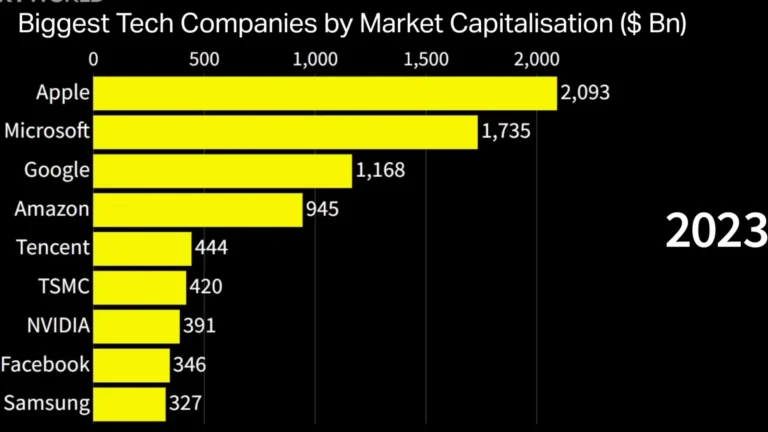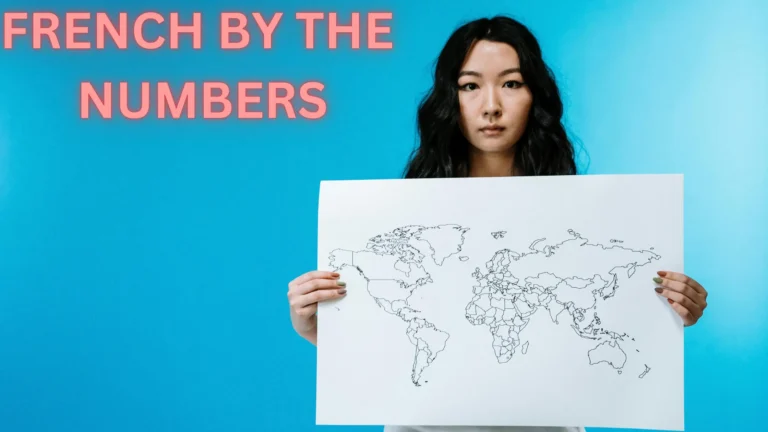Social Media Giants: Top 50 Countries by Users in 2024
In the evolving landscape of social media, the sheer number of users offers a fascinating glimpse into global communication trends, cultural shifts, and technological advancements. The latest data from 2024 reveals the countries leading the world in social media usage, with China dominating the scene. As we delve deeper into these statistics, we will uncover insights into user behavior, the impact of these platforms on society, and what these numbers mean for the future of digital interaction.
1. China: The Social Media Behemoth
China tops the list with a staggering 1 billion social media users. The country’s unique digital ecosystem, characterized by platforms like WeChat, Weibo, and Douyin (TikTok), plays a pivotal role in everyday life. WeChat is not just a messaging app; it’s a multifunctional platform that allows users to pay bills, book services, and even order food. This integration of services has led to an environment where social media is intertwined with daily activities, making it essential for communication and commerce.
2. India: The Rapidly Growing Market
India, with 467 million users, showcases the rapid growth of social media in emerging markets. Platforms like Facebook, WhatsApp, and Instagram are immensely popular, especially among the youth. The rise of regional content, particularly in local languages, has further fueled engagement. For example, TikTok, prior to its ban in 2020, enjoyed immense popularity, allowing users to create content in various regional dialects, thereby catering to a diverse audience.
3. United States: A Technological Hub
The USA stands at third place with 246 million users. Social media plays a vital role in shaping public opinion and marketing strategies. Platforms like Twitter, Facebook, and Instagram are central to digital marketing campaigns. Moreover, the rise of influencers and content creators has transformed how brands communicate with consumers, making the U.S. a significant player in the global social media landscape.
4. Indonesia: The Southeast Asian Powerhouse
Indonesia, with 167 million users, reflects the growing internet penetration in Southeast Asia. The popularity of platforms like Instagram and TikTok among young Indonesians indicates a trend towards visual content. Local influencers have emerged as key figures in marketing, creating a unique blend of global trends and local culture.
5. Brazil: The Latin American Leader
With 152.4 million users, Brazil highlights the impact of social media on cultural exchange and activism. Platforms like Facebook and Instagram are not only used for personal communication but also to mobilize for social causes and political movements. The Brazilian Carnaval, for instance, sees extensive social media coverage, showcasing the vibrant culture and attracting global attention.
6. Russia: Navigating Social Media Dynamics
Russia, with 106 million users, presents a distinctive case where local platforms like VKontakte (VK) and Odnoklassniki thrive alongside global giants. The use of social media in Russia is often intertwined with political discourse, making it a critical arena for public opinion and activism.
7. Mexico: Engaging Communities
With 94 million users, Mexico uses social media to strengthen community ties. Platforms like Facebook and WhatsApp are popular for connecting with family and friends, as well as for organizing local events. The rise of memes and viral trends reflects the creative use of social media for entertainment and communication.
8. Japan: The Unique Digital Culture
Japan’s 92 million users represent a blend of tradition and modernity. Platforms like Twitter and LINE cater to a culture that values privacy and unique forms of expression. Japanese users often share content that reflects their rich cultural heritage, from anime to traditional festivals, fostering a unique online community.
9. Philippines: The Social Media Capital
With 84.5 million users, the Philippines is often referred to as the “social media capital of the world.” Filipinos are known for their enthusiasm for digital interaction, with social media being a primary channel for communication and entertainment. The popularity of platforms like Facebook and TikTok has led to a vibrant culture of content creation, with many Filipinos gaining fame as influencers and creators.
10. Pakistan: Emerging Digital Consumers
Pakistan, with 71.7 million users, is witnessing a digital revolution. The increasing use of social media platforms like Facebook and Instagram among the youth is reshaping communication and marketing in the country. Local brands are leveraging these platforms to engage with consumers, creating a dynamic digital marketplace.
Beyond the Top 10: A Global Perspective
The trends seen in the top 10 countries extend throughout the list of 50, with significant user bases in Germany (70.9 million), Vietnam (70 million), and Turkey (62.5 million). Each country showcases unique social media behaviors influenced by cultural, economic, and technological factors. For instance, the UK’s 57.1 million users reflect a trend of political engagement through social media, while Japan’s focus on privacy and niche communities emphasizes a different aspect of digital interaction.
The Impact of Social Media on Society
The implications of these statistics are profound. Social media serves as a powerful tool for connection, engagement, and expression. It shapes public discourse, influences consumer behavior, and fosters community building. However, it also raises concerns about privacy, misinformation, and digital addiction. Countries are grappling with regulatory challenges as they seek to balance the benefits of social media with the need for safety and integrity online.
Conclusion: The Future of Social Media
As we look ahead, the landscape of social media will continue to evolve. Emerging technologies like artificial intelligence and augmented reality are set to transform user experiences, while the rise of new platforms may shift the balance of power in the digital world. Understanding the social media landscape in these countries is essential for brands, marketers, and policymakers alike. Engaging with users in a meaningful way will be crucial for success in this dynamic environment.
In conclusion, the social media user statistics of 2024 reveal not just numbers but also stories of cultural exchange, economic opportunity, and the complex interplay of technology and society. As these platforms evolve, so too will the narratives shaped by their users.







